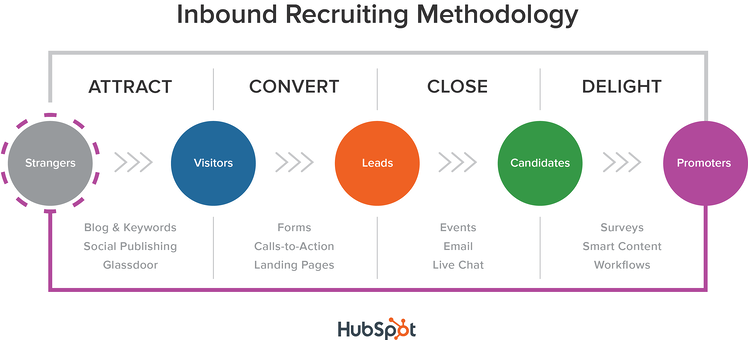« The place to work… And to stay! »
03.09.2019
The Balance of Power Has Shifted in the Job Market
More than ever, a company brand must know how to attract—not only customers but also future employees.
In an era of talent volatility—when the French executive job market remains close to full employment, when younger generations have a different relationship to work, seeking meaning and fulfillment, when new technologies encourage mobility and attractiveness—a company brand (the employer brand) must reinvent its ways of expressing itself on the employment market in order to preserve or enhance its business sex appeal.
By Henri Vidalinc, President of Grant Alexander
Nurturing and Promoting the Employer Brand
According to a recent APEC study, more than 280,000 executives were expected to be recruited in 2019, and the 300,000 mark could be reached in 2021. Faced with this situation, several strategies are essential to remain attractive in the job market…
At a time when hiring executives is becoming increasingly difficult (27% of recruitments are considered difficult according to APEC), and with social networks now omnipresent (their use in recruitment has quadrupled over the past ten years), deploying effective sourcing strategies and fostering professional networks are more than ever key drivers of success.
Needless to say, the expertise of a multi-specialist recruitment firm is a real asset in these areas. But that is not the point of this article. Because we, as recruiters, need you—employers—to help attract the best profiles.
Finding them is our job. Convincing them too. But when it comes to seducing them in a highly competitive market, nothing will ever be more powerful than a company that knows how to showcase its strengths, one that has invested in building an attractive employer brand.
And this is where you, the employer, can truly make a difference—by turning your company into “the place to work”. And then into “the place to stay”. This second stage of confirmation and retention is essential, because good HR marketing is one thing, but like any form of marketing or communication, it is crucial that what is promised matches the reality. Otherwise, disappointment and turnover will follow.
Making the company’s missions, values, and commitments clear; sharing information that reflects real company life on social networks; involving employees in that communication; fostering genuine well-being and happiness at work (beyond the foosball table or massage bar clichés); engaging both internal and external audiences with targeted events; refining the candidate experience—these are all levers for success.
On the one hand, it is about enhancing employer communication and e-reputation to interest, source, and attract dormant or passive candidates. On the other, it is about turning employees into ambassadors of the employer brand.
Mastering the Codes of Inbound Recruiting
This is where inbound recruiting comes in. The term derives from inbound marketing and its principle: using new media to develop content that speaks to target audiences, content they expect and want, thus attracting them and creating the permission to engage with them.
Let us look at how this applies in HR:
Attract >> Convert >> Recruit >> Retain… to transform strangers into ambassadors.

The goal of inbound recruiting is to identify potential candidates early on to build a talent pool, and then, throughout their journey (from candidate to employee), to strengthen their engagement with the employer brand.
In practice, it means becoming your own media, using different tools at each stage of the recruitment process: career sites, blogs, social networks, SEO, white papers, live chats, webinars, employee testimonials, showcasing the candidate experience, and more.
We know, for example, that companies that update their blogs regularly generate 67% more leads per month (source: HubSpot, State of Inbound Marketing Lead Generation Support, 2010).
We also know that 95% of our decisions are driven by the emotion triggered by first impressions (Gerald Zaltman, Professor Emeritus at Harvard Business School). To attract candidates, it is therefore crucial to spark emotion—beyond simply providing information or projecting a clean, polished image. Hence the need to build a tailored content strategy, communicating values, motivations, culture, mindset, vision, and purpose.
Inbound recruiting allows companies, at every stage of the recruitment journey, to continually nurture their talent pool, reduce acquisition costs, save time in the hiring process, and decrease turnover.
Ultimately, humanizing the process makes all the difference.
Henri Vidalinc – August 2019
henri.vidalinc@grantalexander.com